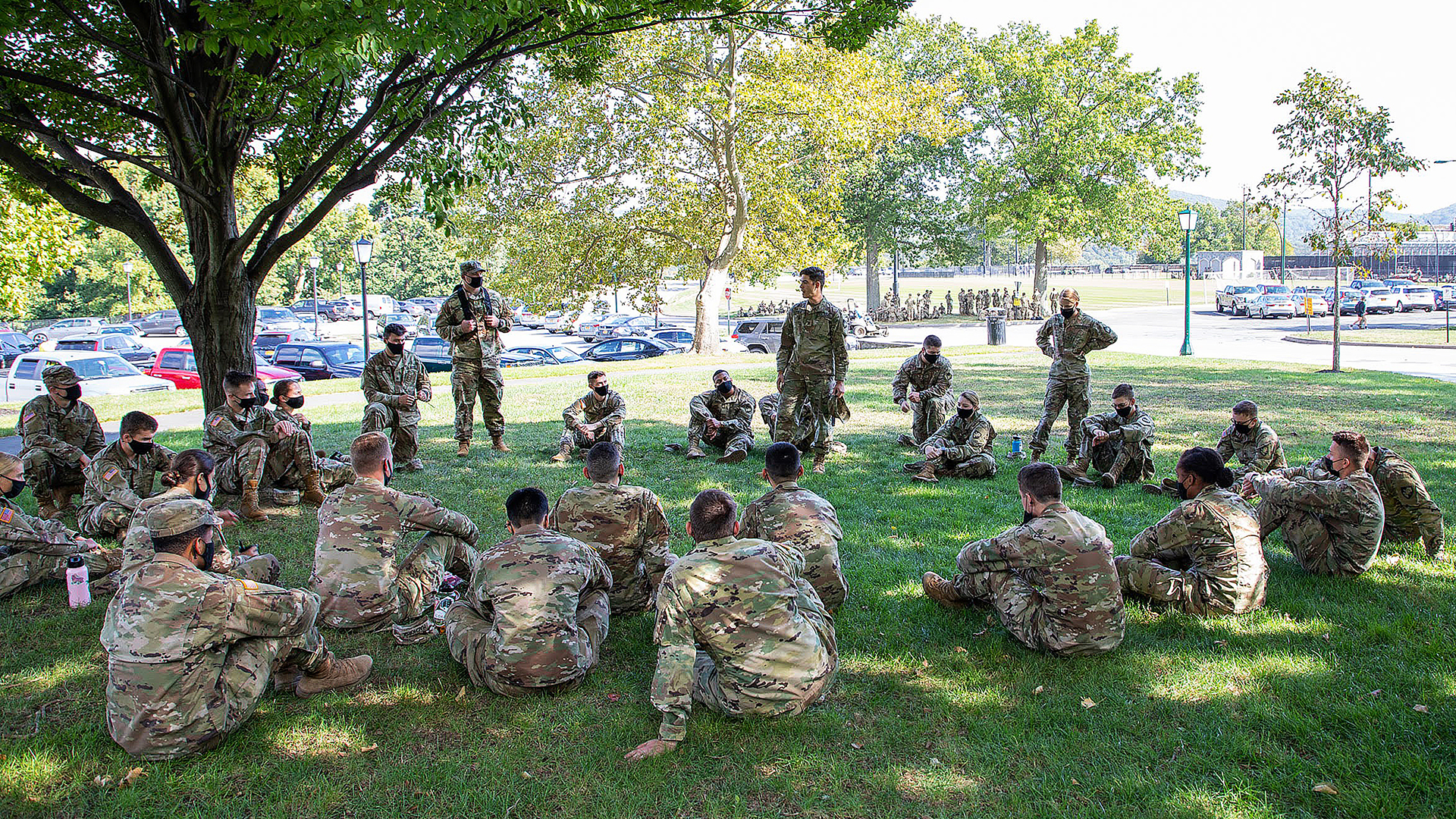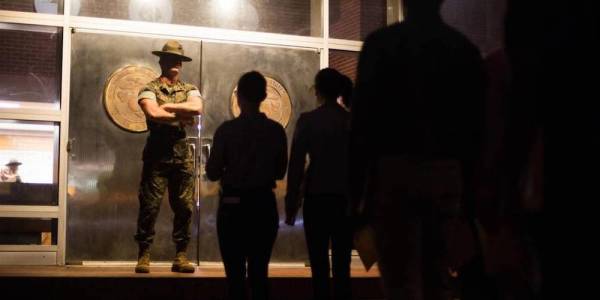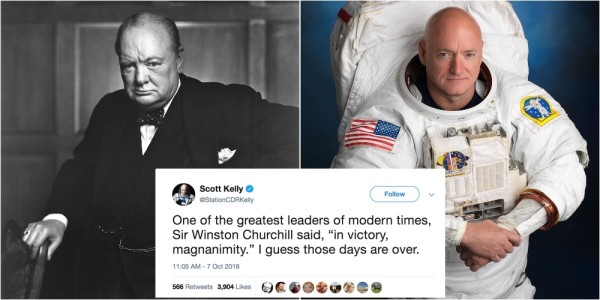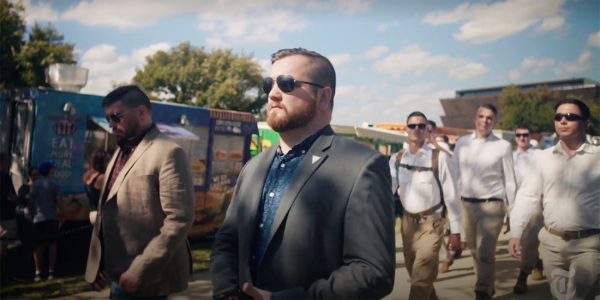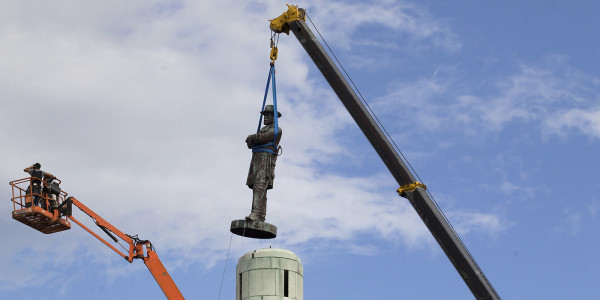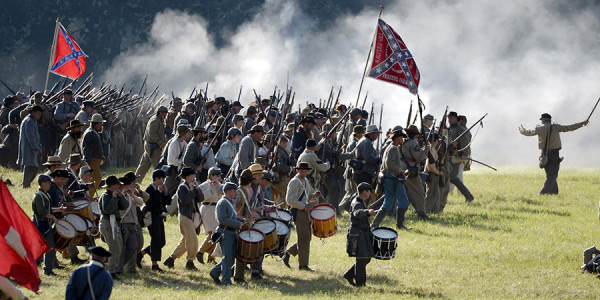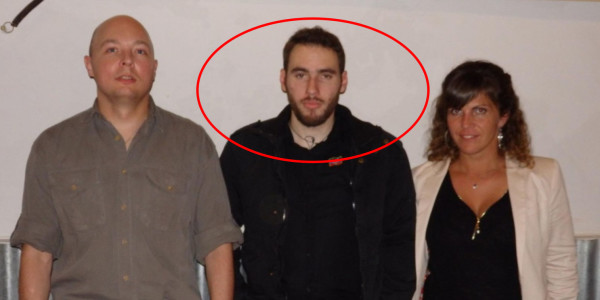Editor’s Note: This is an opinion column. The thoughts expressed are those of the authors and do not necessarily reflect the views of Task & Purpose.
Retired Army Col. Kurt Schlichter does not want the military to address extremism in the ranks. Responding to a Reuters article about Defense Secretary Lloyd Austin’s order for the military to discuss white nationalism and extremism, Schlichter wrote on Twitter, “Complain to your [Inspector General] and seek legal counsel if you are discriminated against for your political beliefs by commissioned officers.” Although the Pentagon allows political expression, it does not permit the promotion of supremacist or extremist ideology.
Schlichter, a firebrand conservative media personality, often riles up his Twitter followers over the contrived oppression of white America and its fabricated impact on the armed forces. Perhaps fearing he had not made clear how unconcerned he was with equality in the military, which comprises more than 21% African Americans, Schlichter then hate-shared an article I wrote titled “Black Lives Matter in the Military,” written in response to the killing of George Floyd at the hands of Minneapolis police officers. It seemed to strike a nerve with Schlichter: “So, when your kid enlists, this is the kind of Woke clown who might be his platoon leader,” he said . “You need to think carefully about whether you or anyone you love should enlist under this regime.”
The opening sentence of the article provides a window into the discomfort felt by the Kurt Schlichters of the world: “It shouldn’t be controversial to say such simple words: Black lives matter. If you think this is a political statement, consider what that says about the state of our politics,” I wrote.
In Schlichter’s America, institutional racism does not exist. Nor, seemingly, does individual racism. After the New York Post reported that a Black sailor found a noose on his bed, Schlichter tweeted , “There is 0% chance this is true.” Unsurprisingly, it was true. It’s in this context that we can best understand Schlichter and his ilk’s hurt feelings. If racism doesn’t exist, then any attempt to address it is an assault on their worldview.
But we should pay no mind to Schlichter, an antiquated retiree clinging to a past when society did not roundly confront racism. As we saw demonstrated throughout 2020, senior military leaders have made clear they are no longer blind — naively at best and deliberately at worst — to racial inequality. And junior leaders within the service recognize this reality as well.

I should know. I was a racist, raised in a Southern community that valued white lives far more than Black lives.
In middle school, my brother gave me a hand-me-down JanSport backpack with the Confederate battle flag drawn with a Sharpie on the upper panel. The overbearing Yankees trampled southern states’ rights, or so the story went. Slavery was an inconvenient truth to grapple with, but we somehow found a way to excuse it as we erected monuments to the leaders of the so-called Slaveholders’ Rebellion. It was my favorite backpack.
In high school, I drew a swastika on my desk because I thought it was funny. My teacher wrote me up, and I had to explain to the Black assistant principal what was so hilarious about racist symbology. “It’s just a joke!” I proclaimed. The truth is — and I’m not sure I owned up to it then even after the assistant principal patiently explained the harm behind the symbol — it isn’t funny. It represented a racist, genocidal regime, and neo-Nazis and neo-fascists still use it to signal their despicable hatred towards minorities.
I have been in the room when white families talk about Black families. I am familiar with the dog whistles and half-attempts to hide contempt for minorities behind bootstrap ideals and the fake gospel of personal responsibility. “This is America; everybody has equal access to opportunity if you’re willing to work for it,” we said amongst ourselves as we enjoyed the privilege of inherited wealth, inherited property, and inherited presumptions of our noble benevolence.
In his award-winning book Between the World and Me, author Ta-Nehisi Coates explains white aversion to accepting the role whites played in the plunder of African Americans. “The point of this language of ‘intention’ and ‘personal responsibility’ is broad exoneration,” he wrote. “Mistakes were made. Bodies were broken. People were enslaved. We meant well. We tried our best. ‘Good intention’ is a hall pass through history, a sleeping pill that ensures the Dream.”
I was a product of my environment, but I was also a contributor to it. I have held racist thoughts, said racist things, and I am certain I still have unconscious biases. I was also at fault for my resistance to challenging myself and those around me as I matured and began to question my foundational beliefs.
The journey to deprogram my internalized racism started when I left the mostly-white bubble within my Louisiana hometown for college. It exposed me to people with diverse backgrounds and viewpoints that I desperately needed, but it still took me years to gain the confidence to advocate on behalf of racial equality. Amid last summer’s protests, I was determined to overcome my prior unwillingness to speak out for what I knew was right. The requirement for soldiers to remain non-partisan in uniform clouded my judgment for too long. Frankly, racial equality is not a partisan matter; it’s one of human rights.
As the commander of an attack aviation company at the time, I had influence and an audience. I met with Black soldiers and pilots in my company and listened. They described times throughout their lives, including while in uniform, when they had been the victim of discrimination and bigotry. I then admitted to them my racist past and relayed my desire to overcome the worst of my humanity — a desire to be a leader worthy of being followed.
Personal responsibility for you replaced by personal accountability for me.
I followed up with an all-hands meeting. It was a diverse group — we had Black soldiers, white soldiers, Asian soldiers, African soldiers, to name a few — and I believed everyone could benefit from a candid conversation about racial injustice. I stood in front of the formation, said, “Black lives matter,” and spoke about recognizing the value in every person regardless of their immutable characteristics.
I finished by asking interested individuals to stick around for an open discussion. At least a dozen stayed, and we had a tough but honest conversation about race relations in American society and their extension to the Army. The prevailing sentiment among the attendees was that it was the first time they felt comfortable discussing such a tough topic, and they hoped the trend would continue. The sensing sessions, encouraged at the time by Army leaders, were a precursor to Secretary Austin’s military-wide directive ordering a 60-day stand-down to root out extremism.
To confront the rise — or rather the exposure — of white nationalism and extremism within the military, the plan so far reflects the observation of Russian philosopher and Nobel laureate Aleksandr Solzhenitsyn. “It’s a universal law — intolerance is the first sign of an inadequate education. An ill-educated person behaves with arrogant impatience, whereas truly profound education breeds humility.”
As Secretary Austin wrote in his memo to the force, “This stand-down is just the first initiative of what I believe must be a concerted effort to better educate ourselves and our people about the scope of this problem and to develop sustainable ways to eliminate the corrosive effects that extremist ideology and conduct have on the workforce.” While it’s unclear what the next steps are, they must go beyond education and seek out white supremacists and other extremists and rid the service of their loathsome ideology.
The military’s cause is just, and the effort to eradicate racism and extremism will strengthen the cohesiveness — and therefore the lethality — of members throughout our military branches. But throughout history, people in power have always struggled with relinquishing it, even if it’s for the common good. And although public advocates of Secretary Austin’s stand-down will undoubtedly face accusations of virtue signaling, as I did when Schlichter’s dutiful followers flooded my Twitter mentions following our mid-week spat, we shouldn’t be deterred.
A man who pushed back against Schlichter’s angry army in my defense summed it up best. “Virtues are important. We should signal them.”

